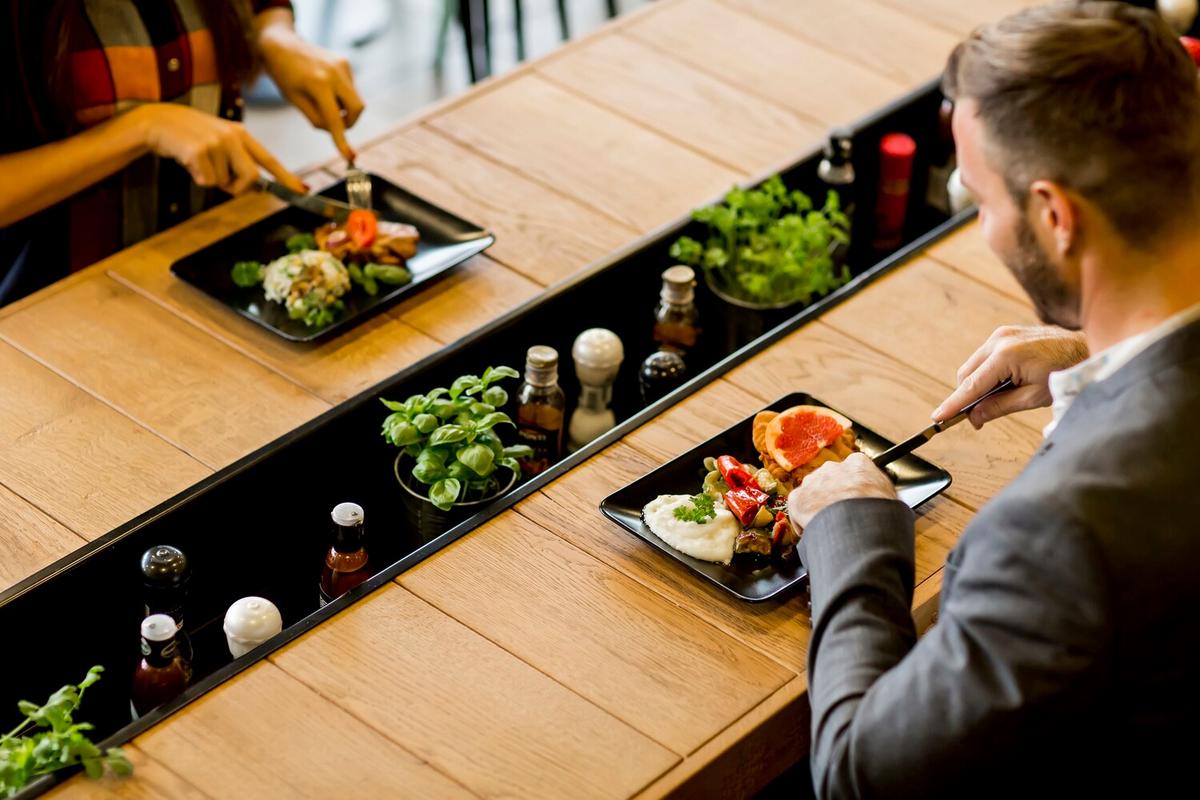
Japanese Cuisine Unmasked: Beyond Sushi and Ramen
Japanese cuisine is renowned for its delicate flavors and artistic presentation, often conjuring images of sushi and ramen. Yet, there’s a vast culinary landscape beyond these popular dishes waiting to be explored.
Exploring the Depths of Japanese Cuisine
Japanese food culture is more than just the famous sushi rolls and steaming bowls of ramen. From savory okonomiyaki to the sweet delights of wagashi, the variety is immense. Understanding Japanese cuisine in its entirety opens up a world of flavors and traditions.
Notable Dishes Beyond Sushi and Ramen
- Okonomiyaki: Often referred to as Japanese pancakes, these savory treats are customizable with various ingredients like cabbage, meat, and seafood.
- Yakiniku: A Japanese-style barbecue where diners grill meat and vegetables at the table, promoting a social dining experience.
- Natto: Made from fermented soybeans, natto is known for its strong aroma and is often enjoyed with rice.
- Kaiseki: A traditional multi-course Japanese dinner showcasing seasonal ingredients and intricate presentation.
- Wagashi: These traditional Japanese sweets are often served with tea and crafted beautifully to reflect nature and seasons.
The Rich Cultural Influence
Japanese cuisine is deeply rooted in cultural practices. According to culinary historian Naomi Moriyama, “Japanese food is a celebration of simplicity and nature.” This philosophy is evident in the meticulous preparation and presentation of dishes.
Why Japanese Cuisine Stands Out
A study from the Journal of Ethnic Foods highlights the health benefits of Japanese cuisine, noting its reliance on fresh, seasonal ingredients and traditional cooking methods. This focus not only enhances flavor but also supports a balanced diet.
Personal Journey into Japanese Cuisine
During a visit to Kyoto, I had the pleasure of experiencing a traditional kaiseki meal. Each dish was a work of art, reflecting the chef’s dedication to both taste and aesthetics. This experience ignited my passion for exploring more hidden gems within Japanese cuisine.
Actionable Tips for Exploring Japanese Cuisine
- Visit Local Japanese Markets: Discover authentic ingredients and learn how to use them in your cooking.
- Take a Cooking Class: Many cities offer Japanese cooking classes, a great way to dive deeper into the culture.
- Try New Restaurants: Look for eateries that offer a variety of Japanese dishes beyond sushi and ramen.
Don’t hesitate to ask restaurant staff about recommendations and the story behind each dish. Understanding the context enhances appreciation.
Comparison Table: Popular Dishes
| Dish | Main Ingredients | Flavor Profile |
|---|---|---|
| Okonomiyaki | Cabbage, Flour, Eggs | Savory, Umami |
| Yakiniku | Beef, Vegetables | Grilled, Smoky |
| Natto | Fermented Soybeans | Pungent, Nutty |
| Kaiseki | Varies, Seasonal | Delicate, Balanced |
| Wagashi | Mochi, Anko | Sweet, Subtle |
FAQs about Japanese Cuisine
What are some lesser-known Japanese dishes?
Dishes like chawanmushi (savory egg custard) and shabu-shabu (hot pot) are delightful yet often overshadowed by more famous options.
Is Japanese food healthy?
Yes, traditional Japanese diets are rich in fish, vegetables, and fermented foods, promoting longevity and well-being.
How can I experience authentic Japanese cuisine at home?
Start with simple recipes like miso soup or teriyaki chicken, and gradually incorporate more traditional ingredients.
Conclusion: Embrace the Journey
In summary, Japanese cuisine offers much more than sushi and ramen. By venturing into its diverse culinary options, you can appreciate the artistry and flavors that define this rich food culture. So, dive into a Japanese culinary adventure and discover the hidden treasures waiting to be savored.


